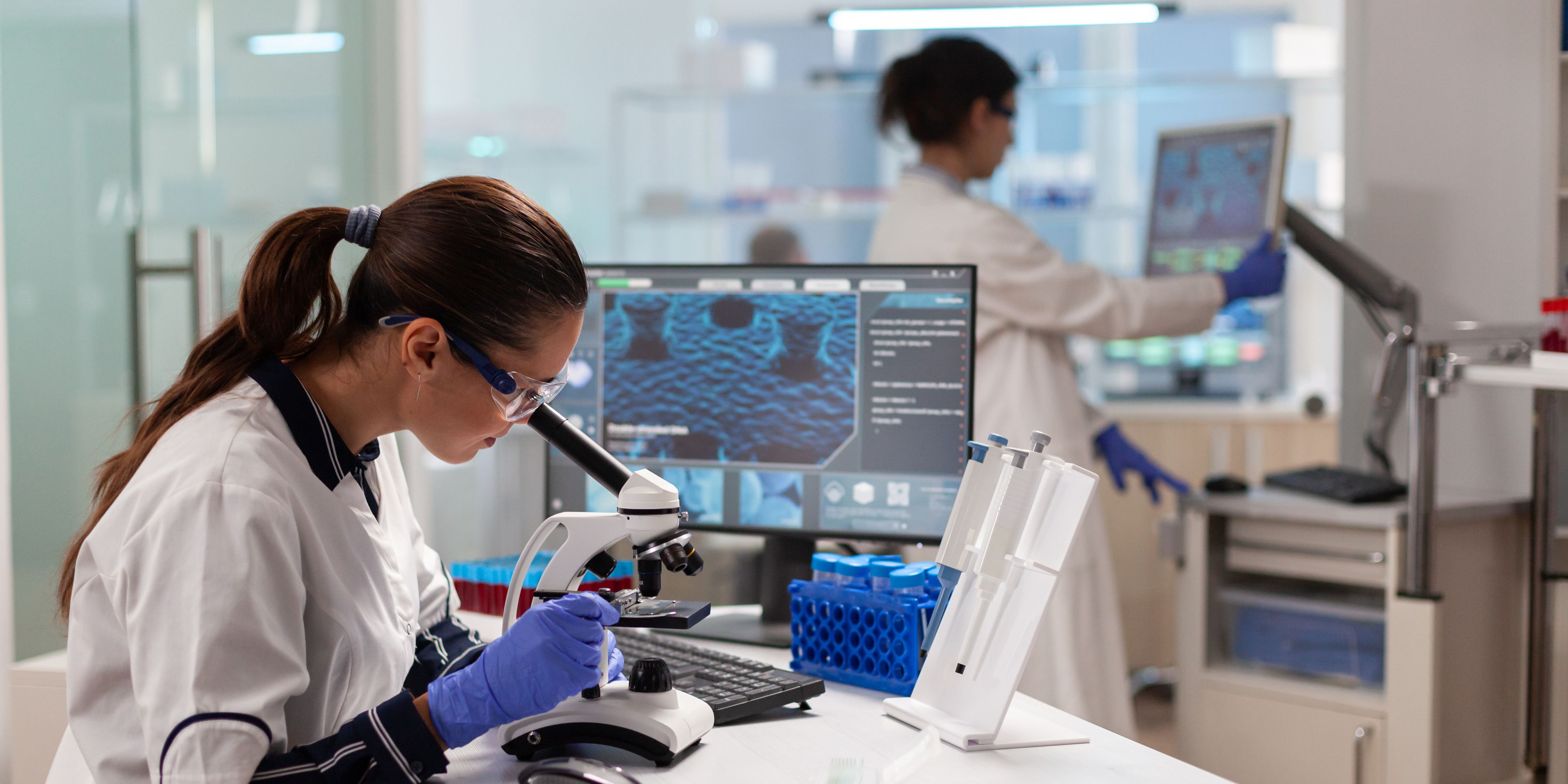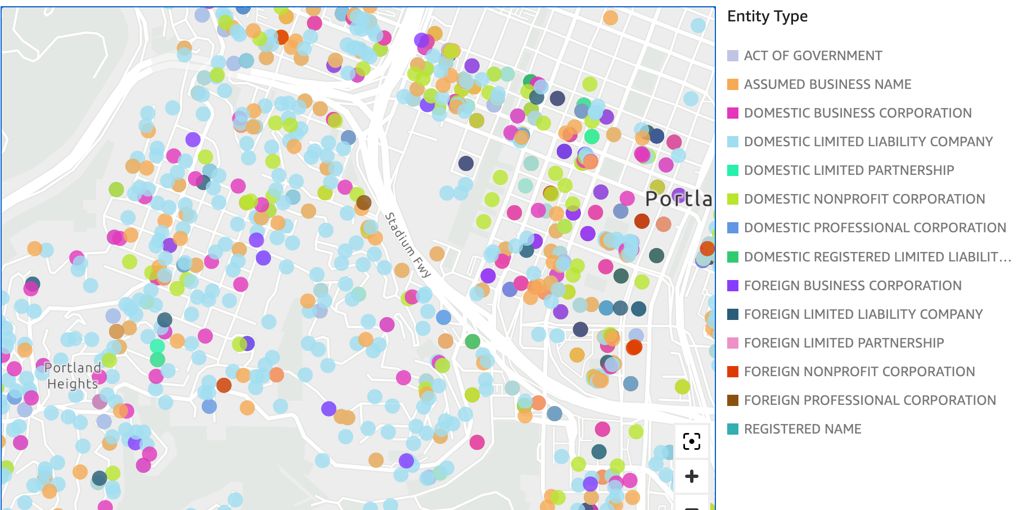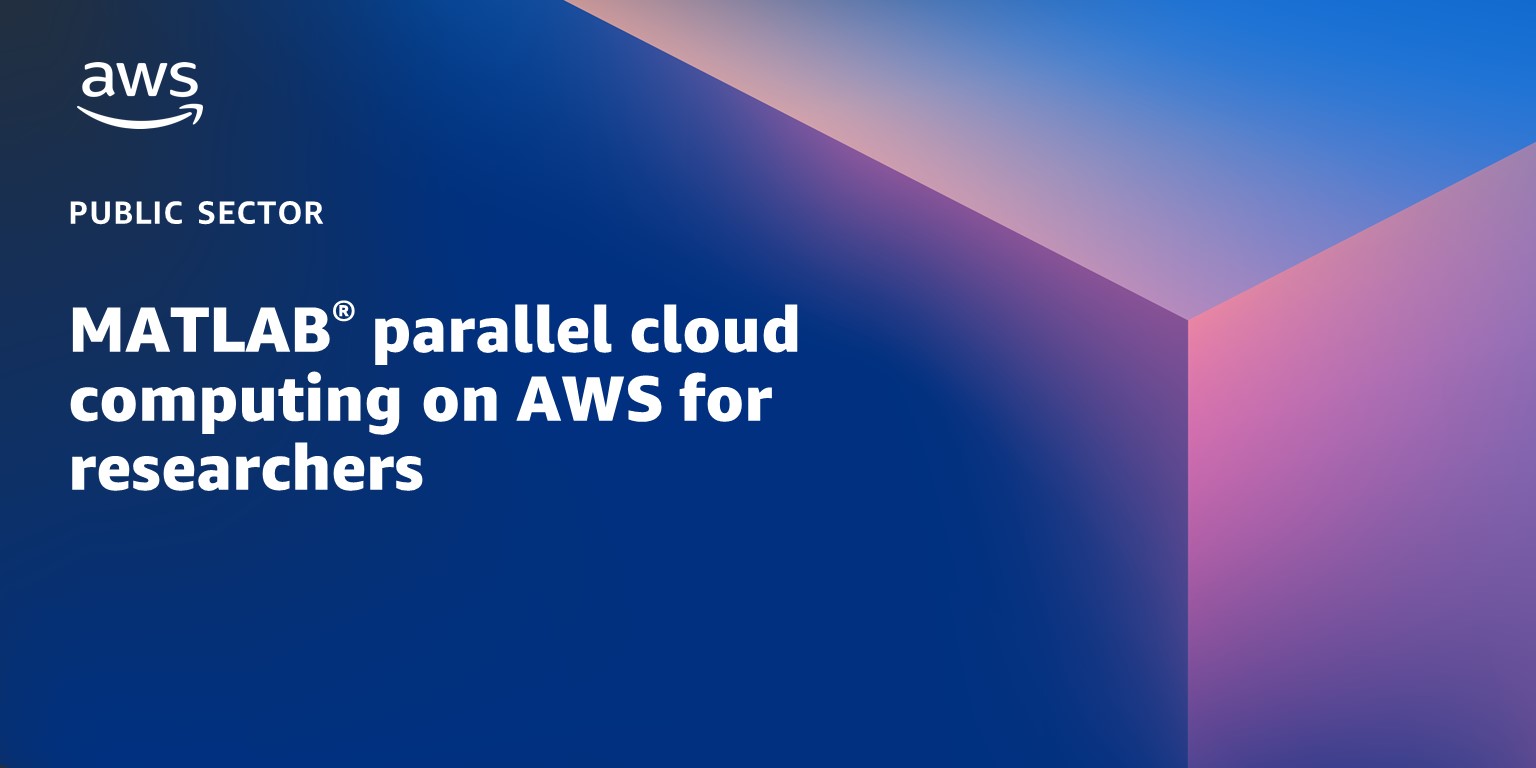AWS Public Sector Blog
Tag: AWS for research
AMILI helps advance precision medicine by building microbiome library on AWS
AMILI is a healthcare technology (HealthTech) company based in Singapore that seeks to advance precision medicine and personalized health and nutrition by harnessing the potential of the microbiome. AMILI uses artificial intelligence (AI) and machine learning (ML) on AWS to comprehensively quantify and characterize gut microbiomes. AMILI aims to build and curate the world’s largest multi-ethnic Asia microbiome database.
How researchers can meet new open data policies for federally-funded research with AWS
Learn how federal agencies are enacting new public access policies for data sharing, and how you can use AWS to prepare your research to meet these new data management and sharing requirements.
Visualize data lake address datasets on a map with Amazon Athena and Amazon Location Service geocoding
Many public sector customers in government, healthcare, and life sciences have data lakes that contain addresses (e.g., 123 Main Street). These customers frequently ask how they can quickly visualize these addresses on a geographic map to get a more intuitive understanding of how these addresses are distributed. In this post, learn how to use Amazon Athena and Amazon Location Service to perform ad hoc geocoding on an example dataset and visualize these geocoded addresses on an Amazon QuickSight map.
Japan’s High Energy Accelerator Research Organization, KEK, accelerates search for new vaccines with AWS
Japan’s High Energy Accelerator Research Organization (KEK), is a Nobel Award-winning Inter-University Research Institute, and one of the world’s leading accelerator research institutes. To further help researchers understand human biology, AWS and KEK recently announced a collaboration to develop GoToCloud, a KEK-led cloud platform that makes protein analysis faster and more cost-effective, boosting KEK’s research efforts and improving our understanding of disease. This initiative has also accelerated the digital transformation of Japan’s scientific research infrastructure, helping scientists discover new medicines and produce world-class research results using cloud technology.
How to set up MATLAB parallel cloud computing on AWS for researchers
Many researchers use MATLAB® from MathWorks, a programming and numeric computing platform, to analyze data, develop algorithms, and create models. As a researcher, you can leverage AWS to expand available computational resources right from your desktop or laptop. In this blog post, we walk through how to integrate MathWorks Cloud Center with AWS in order to accelerate scientific computation and innovation.
Accelerating and democratizing research with the AWS Cloud
The cloud is changing the way we do research—accelerating the pace of innovation, democratizing access to data, and allowing researchers and scientists to scale, work collaboratively, and make new discoveries from which we may all benefit. Researchers from around the world look to the AWS Cloud for customer-focused, pioneering, and secure solutions for their toughest challenges. Discover how customers in Latin America and Canada use AWS for research.
Preventing the next pandemic: How researchers analyze millions of genomic datasets with AWS
How do we avoid the next global pandemic? For researchers collaborating with the University of British Columbia Cloud Innovation Center (UBC CIC), the answer to that question lies in a massive library of genetic sequencing data. But there is a problem: the data library is so massive that traditional computing can’t comprehensively analyze or process it. So the UBC CIC team collaborated with computational virologists to create Serratus, an open-science viral discovery platform to transform the field of genomics—built on the massive computational power of the Amazon Web Services (AWS) Cloud.
How to set up Galaxy for research on AWS using Amazon Lightsail
Galaxy is a scientific workflow, data integration, and digital preservation platform that aims to make computational biology accessible to research scientists that do not have computer programming or systems administration experience. Although it was initially developed for genomics research, it is largely domain agnostic and is now used as a general bioinformatics workflow management system, running on everything from academic mainframes to personal computers. But researchers and organizations may worry about capacity and the accessibility of compute power for those with limited or restrictive budgets. In this blog post, we explain how to implement Galaxy on the cloud at a predictable cost within your research or grant budget with Amazon Lightsail.
Amazon Alexa helps deliver and expand patient care across Canada
Across Canada, hospitals, care providers, academic health sciences centers, and more are using accessible, scalable technology to support their staff and provide faster, better access to citizens in need of care. With Amazon Alexa, patients only need their voice to answer a few questions and get started towards healing.
Analyze terabyte-scale geospatial datasets with Dask and Jupyter on AWS
Terabytes of Earth Observation (EO) data are collected each day, quickly leading to petabyte-scale datasets. By bringing these datasets to the cloud, users can use the compute and analytics resources of the cloud to reliably scale with growing needs. In this post, we show you how to set up a Pangeo solution with Kubernetes, Dask, and Jupyter notebooks step-by-step on Amazon Web Services (AWS), to automatically scale cloud compute resources and parallelize workloads across multiple Dask worker nodes.









